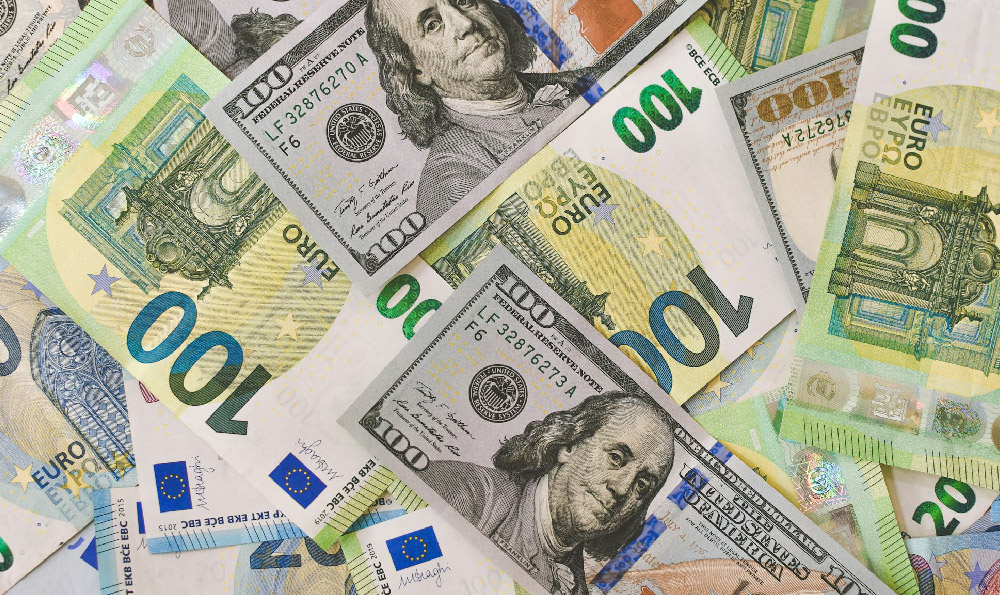
Formula 1, the pinnacle of motorsport, is often associated with glamour, speed, and cutting-edge technology. However, behind the roaring engines and the champagne showers lies a complex financial landscape. The question of whether F1 teams actually turn a profit, or simply exist as extravagant spending machines, is a nuanced one with no easy yes or no answer. The reality is a blend of both, heavily influenced by team performance, sponsorship deals, and strategic management.
The immense costs associated with running an F1 team are undeniable. The development and manufacturing of competitive cars demand enormous financial investment. Aerodynamic research, engine development, and the construction of chassis all require specialized engineers, cutting-edge facilities, and vast amounts of resources. These costs are further amplified by the need for constant upgrades throughout the season. Teams are perpetually striving for marginal gains, constantly refining their cars to shave off fractions of a second per lap. This relentless pursuit of performance translates into a never-ending cycle of research, development, and manufacturing, contributing significantly to their expenditure.
Beyond the cars themselves, the logistical challenges of participating in a global championship add another layer of expense. Transporting equipment, personnel, and cars to races across continents requires a significant investment in logistics and infrastructure. The salaries of drivers, engineers, mechanics, and support staff also constitute a major portion of a team's budget. The top drivers command multi-million dollar salaries, reflecting their crucial role in securing points and attracting sponsors.

So, how do teams manage to foot this colossal bill? The primary sources of revenue for F1 teams are a combination of prize money, sponsorship deals, and contributions from their parent companies, if applicable. The distribution of prize money is determined by a complex formula based on a team's performance in the constructors' championship. Historically, the top-performing teams receive a significantly larger share of the prize money pool, creating a virtuous cycle of success and increased funding. However, Liberty Media, the current owners of Formula 1, have been trying to create a more equitable distribution model to level the playing field and ensure greater financial stability for all teams.
Sponsorship deals are arguably the lifeblood of F1 teams. Major corporations are willing to pay substantial sums to have their logos prominently displayed on cars, driver suits, and team apparel. These sponsorships provide crucial funding that enables teams to compete at the highest level. The value of a sponsorship deal is directly proportional to the team's visibility and success. Top teams like Ferrari and Mercedes command premium sponsorship rates due to their historical success and global brand recognition. Securing lucrative sponsorship deals requires a strong marketing strategy, a competitive car, and drivers who can attract attention both on and off the track.
The financial performance of individual teams varies greatly. Top teams, with access to larger budgets and more lucrative sponsorship deals, are more likely to generate a profit. These teams often have sophisticated financial management structures and the ability to leverage their brand value to attract investment. Mid-field teams, on the other hand, face a more challenging financial landscape. They must carefully manage their budgets and rely heavily on securing sufficient sponsorship to remain competitive. Smaller teams, often referred to as "privateers," operate on significantly tighter budgets and may struggle to break even. They often rely on a combination of driver pay drivers, cost-effective engineering solutions, and strategic partnerships to stay afloat.
Moreover, the financial health of an F1 team can be cyclical. A period of strong performance can lead to increased sponsorship revenue and prize money, allowing the team to invest in further development and maintain its competitive edge. Conversely, a period of poor performance can result in decreased revenue and a decline in investment, potentially leading to a downward spiral. The ever-changing regulations of Formula 1 also have a significant impact on team finances. Major rule changes can require teams to completely redesign their cars, incurring significant development costs. Successfully adapting to these changes is crucial for maintaining competitiveness and attracting investment.
The introduction of the budget cap in 2021 has had a significant impact on the financial landscape of Formula 1. The budget cap limits the amount of money that teams can spend on certain areas of car development and operations. This measure aims to level the playing field by preventing the top teams from outspending their rivals and creating an unfair advantage. The budget cap has forced teams to become more efficient in their spending and to prioritize their investments. While it doesn't guarantee profitability for all teams, it does help to create a more sustainable financial model for the sport as a whole.
In conclusion, the financial reality of F1 teams is complex and multifaceted. While the costs associated with competing in Formula 1 are undeniably high, teams have various revenue streams to offset these expenses. The profitability of individual teams depends on factors such as performance, sponsorship deals, and strategic management. The introduction of the budget cap is a significant step towards creating a more equitable and sustainable financial model for the sport, but the challenge of balancing performance with financial responsibility remains a constant consideration for all teams. Some do profit handsomely, especially those backed by major manufacturers, while others rely heavily on prudent spending and sponsorship, often just breaking even or relying on the deep pockets of their owners. The answer, therefore, is a dynamic blend of both spending and striving for profitability.





